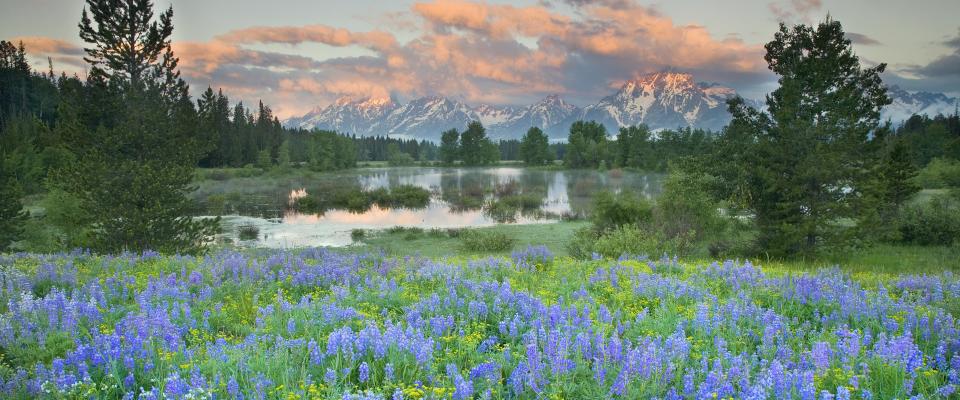About the Project
The project “Touristic heritage in Little-Europe is implemented under the Hungary-Slovakia-Romania-Ukraine ENPI Cross-Border Cooperation Programme 2007-2013 (www.huskroua-cbc.net), and is co-financed by the European Union through the European Neighbourhood and Partnership Instrument. The overall objective of the Programme is to intensify and deepen cooperation in an environmentally, socially and economically sustainable way between Zakarpatska, Ivano-Frankivska and Chernivetska regions of Ukraine and eligible and adjacent areas of Hungary, Romania and Slovakia.
The Hungary-Slovakia-Romania-Ukraine ENPI Cross-border Cooperation Programme is to be implemented in the period of 2007-2013 on the external border of the participating EU Member States with Ukraine. The European Neighbourhood and Partnership Instrument supports cross-border co-operations on the external borders of the EU. The overall objective of the Programme is to intensify and deepen cooperation in an environmentally, socially and economically sustainable way between Zakarpatska, Ivano-Frankivska and Chernivetska regions of Ukraine and eligible and adjacent areas of Hungary, Romania and Slovakia.
The Joint Managing Authority of the Programme is the Prime Minister′s Office Department for Implementation of International Co-operation Programmes, Hungary. The website of the Programme is www.huskroua-cbc.net
The „Touristic Heritage in Little-Europe” project guides us through parts of Szabolcs-Szatmár-Bereg County, Partium and Transcarphatia, the north-eastern regions of the Carpathian Basin.
Szabolcs-Szatmár-Bereg County was created by joining the counties of Szabolcs, Szatmár and Bereg. The county is situated in the north-eastern part of Hungary and at the same time close to the eastern border of European Union. A nationwide advantage of the county is that it is located at the meeting point of 4 countries, as a result of which the region plays an important role in international integration. Due to its geopolitical location and territorial integration Szabolcs-Szatmár-Bereg County has a traditionally strong connection to Transcarpathia and Satu Mare County. The rivers of Tisza, Szamos and Kraszna both protected and destroyed the local people at the same time. As a result of frequent flooding and the surges of inland water, marshes and moors were created and maintained providing shelters from various armies attacking from Asia, then from Europe throughout the centuries. The areas of Szatmár-Bereg, Rétköz as well as Nyíri-Mezőség had been ruled by waters until the 19th century, when the big river regulation projects were launched. The floods kept threatening and destroying the local communities, while the inland waters forced them to accommodate. Despite the difficulties, the swamps and moors also provided protection, thus the dangers of pre-modernity did not threaten this territory for a long time. This factor makes the architectural heritage of the region unique, since this ‘splendid isolation’ protected the heritage from the Middle Ages in the times of slaughters and looting. This is why the array of mediaeval churches, the unique community structure of tiny villages, and the richness of folk traditions can still be found in this part of the Great Plain.
Satu Mare county is located on the north-western part of Romania, at the meeting point of the Tisza-plateau, the Eastern-Carpathians and the Szamos-plateau, in the region of Lower-Szamos, bordered by Ukraine to the north, Hungary to the west, Bihar County to the south, Szilágy County to the south-east and Máramaros to the east. Satu Mare belongs to the area of Partium, the capital of the county is Szatmárnémeti.
Transcarpathia is located in the south-western part of Ukraine, containing south-western parts of the Carphatian Mountains and part of the Central Danubian Plain. It is bordered by Poland to the north-west, Slovakia to the west, Hungary to the south-west and Romania to the south. Transcarpathia plays some kind of a bridge role between the European Union and Eastern-Europe. The atmosphere of the mountainous settlements of Transcarpathia is intensified not only by the picturesque landscape, but by the varied designs of wooden churches, too. The wooden churches of the region are unique elements of folk arts, bearing the signs of gothic or baroque style. The unique character of the area’s wooden churches is marked by 2 Transcarpathian (Yasinya, Uzhok) and 6 Western Ukrainian churches, which were recently added on the UNESCO World Heritage Protection list.
Szabolcs-Szatmár-Bereg County is deservedly proud of this invaluable intellectual heritage. Taking the paths of Fairy-field, on the moors and among the lakes, earth castles and charming churches from the age of the Árpád dynasty, the visitor enters a mysterious world of relics where life takes on history if looked at carefully. The genuine specialty of this region is love and warm-heartedness of the locals, with which the wanderers are received. The finely restored listed houses and buildings welcome the tourists in a natural and cultural atmosphere that evokes the old days in the farm- and country houses. The inn-keepers and landlords have become very experienced in the past few years and know the needs of the quests very well.










